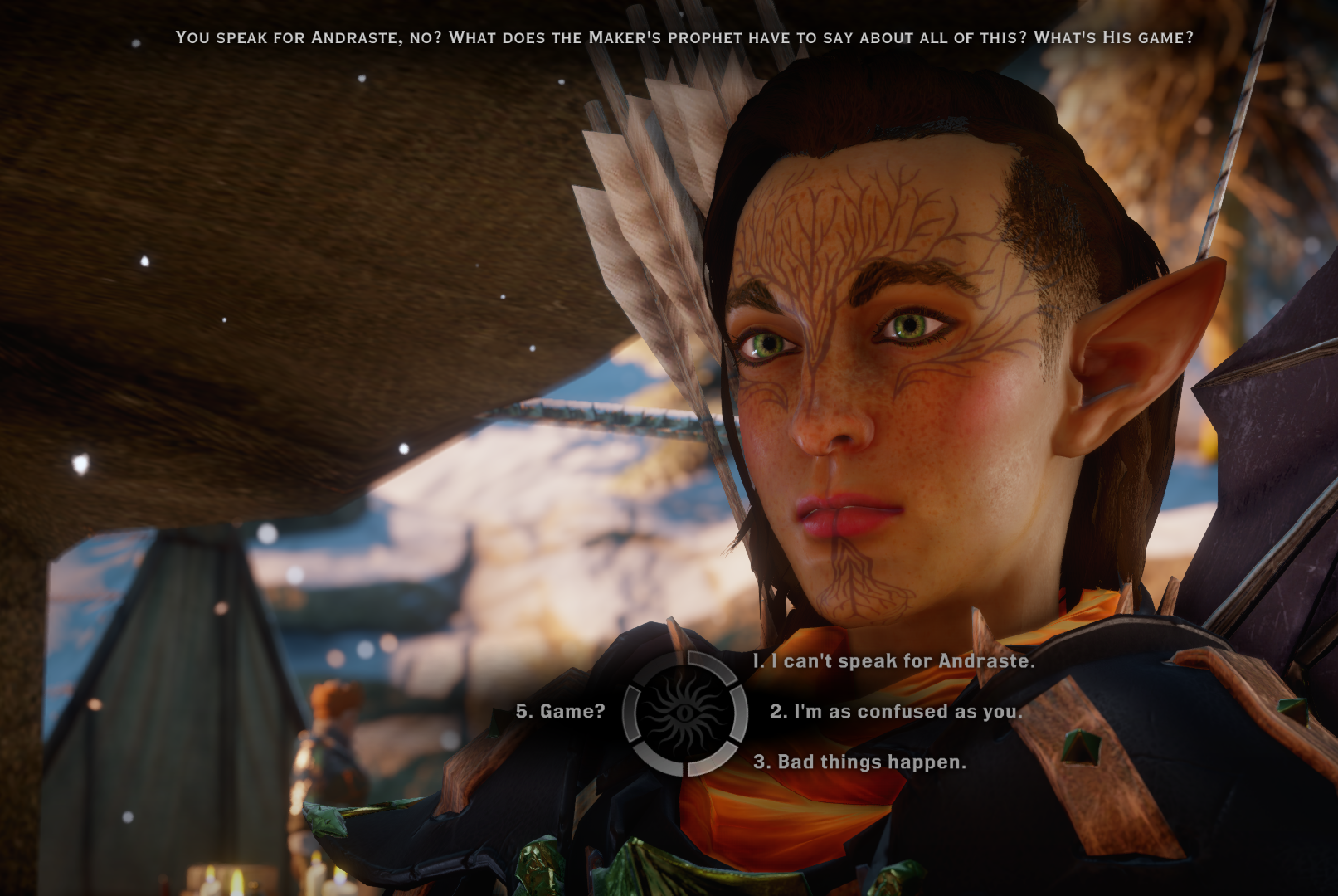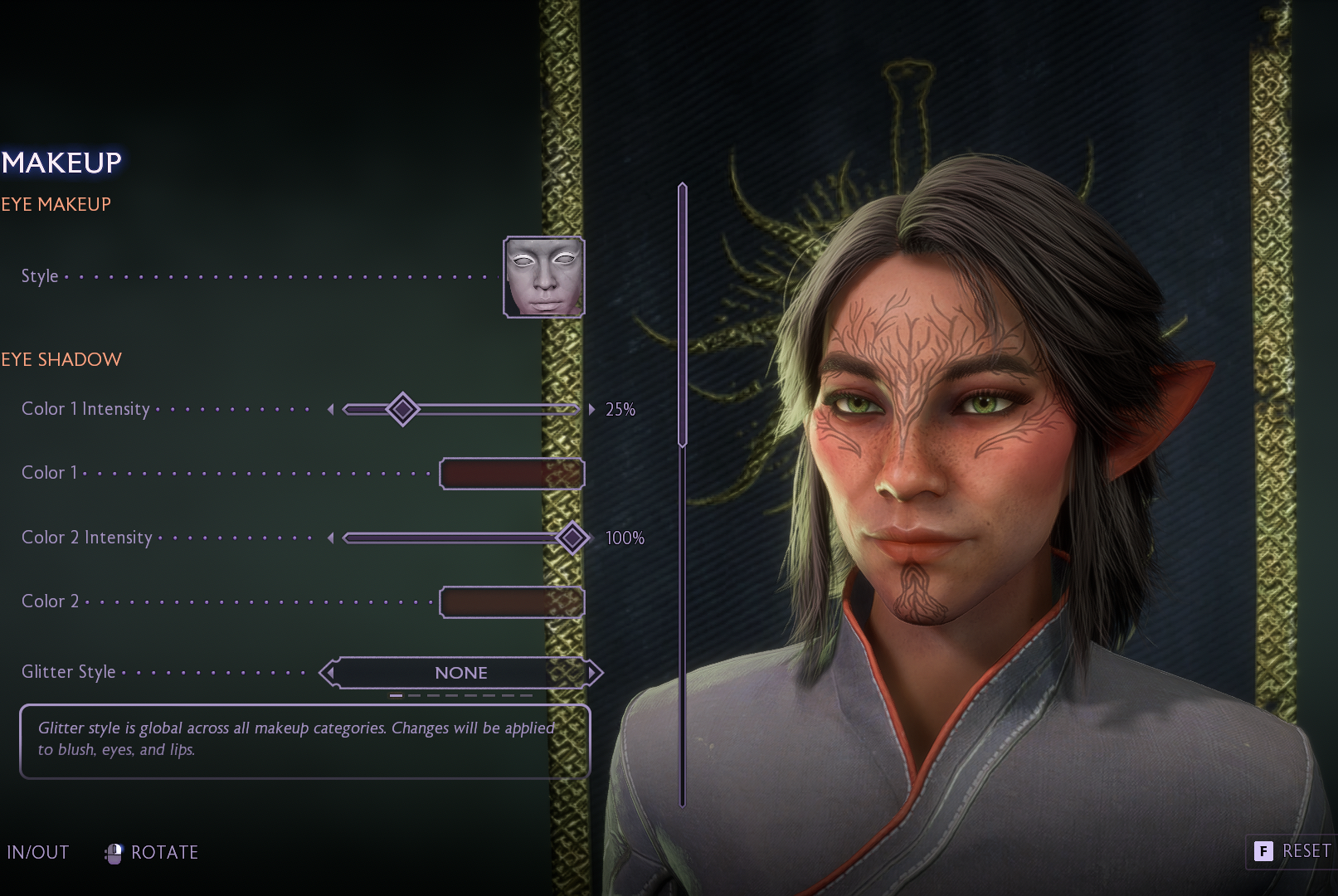Creating my old Dragon Age character in Veilguard hit me where I didn’t expect
Dragon Age: The Veil Guard has many rewards for fans of Dragon Age: Inquisition who survived the decade-long wait between the two games. And the first to appear is the chance to recreate your version of it Inquisition‘s player character due to their appearance in Veil Guard.
As one of those patient fans, I have been warmed by memories of my adventures for ten years Dragon Age: Inquisition. It’s no surprise that sitting down to build my Inquisitor would trigger a wave of feelings for this character and the story I created for them a decade ago – after all, that’s the traditional emotional hook that the best BioWare games excel at.
But it wasn’t just nostalgia that was on my mind as I customized my inquisitor’s hair, face, and background details: it was the idea that while she might no longer be a main character, her story was still going on. I was almost 30 when I played Inquisitionand now I’m almost 40. But my inquisitor is also 10 years older, depending on when Veil Guard is done – and damn it, Inquisitor Haleth Lavellan, the Herald of Andraste and Comtesse of Kirkwall, is still in the game. Literally yes, but more importantly: metaphorical.
The classic hero story is a province of young and untested adventurers, especially in the RPG style of high fantasy yarns that consume a lot of gaming. And the epic hero’s story tries to end at Happily Ever After, usually at the moment the quest’s goal is achieved, because that’s where all the narrative tension and catharsis is. It makes sense! (There are plenty of exceptions to this, but that’s exactly it: exceptions.)
But role-playing games can also be a great place to explore lives of adventure, and not just that one weird summer I had a tadpole in my head. And in some ways, I set myself up to have a lot of feelings about older heroes and legacies when I started up Veil Guard by playing a game that is explicit about that just before. I bridged the gap between myVeil Guard repetition of Inquisition and actually play Veil Guard (courtesy of early code from BioWare) by diving into Worldwalker Games’ software Wild myth.
Wild myth is a tactical RPG where you play a series of procedurally generated adventures with procedurally generated (and largely customizable) teams of heroes. You’ll follow each hero, from courageous to inexperienced adventurer, through the ups and downs of a unique story designed to capture the spirit of a long-running fantasy tabletop campaign. You’ll see your characters experience victory, loss, transformation, and for some, even love, children, and retirement in old age. Once their story is done, you can start a new arc, with a new threat, and create a party made up of a mix of new adventurers, veteran characters from your last game, and even the kids from your old team.
I still thought about how much those old mechanisms had endeared me Wild myth‘s relatively thin characters when I started up Dragon Age: The Veil Guard and started making my Inquisitor. It’s not the first time Dragon Age has let you rebuild your old PC so it can appear in a new game – Inquisition surprises you with a mid-game trip to the character creator to create your own Hawke, the player character Dragon Age 2. But with Hawke you only pick them up a year or so after the uncertain outcome of their game. There is no divide there, no invitation to reflect on how it has been ten years since the Inquisitor left the Breach and reunited the fractured nations of South Thedas… and yet their story is not over.
When I and the other players in my decade-long tabletop campaign put our heads together about our characters, a common topic of daydreaming is imagining the lives they will lead. after we’re closing the book on the campaign (psst, don’t tell our GM, the story isn’t over yet). Part of this is us showing our age: we’re all around 40, and all this time we’ve been playing characters in the Classic Fantasy Protagonist age range, from about 20 to about 30. We know that on the other hand there are there is much more life in that gap, and we want that for them too.
But while I respect and support my friends who are determined that their character will settle down and come home, I long for something else. I want to know there are more adventures in her future. With the inquisitor, Dragon Age: The Veil Guard gives me that. The story of the Inquisition came to an end, but the Inquisitor is still around and making moves. (What kind of moves? I had to play the game to find out.)


In the character creator, I did my best to recreate my Inquisitor’s face (or at least how she might have been designed in the Inquisitor’s style). Veil Guard‘s smoother art style), but I also made some thoughtful changes. More weathered skin, grayer hair and a different cut – no more braids, she now works with a prosthetic hand, and although she could get someone to do it for her, I think she wants more independence. I captured her crucial decisions about the Inquisition and her romantic partner (the man every conceited human noble wanted to beat the snooty human ball), and I picked up her voice, the low British tones of actor Alix Wilton Regan.
I know Regan’s voice well, after all the hours I put in Inquisitionbut I pressed the voice test button anyway, just for kicks. “It’s good to see you again,” said my inquisitor.
That was a cheap attempt, BioWare, but it was a bull’s eye. It is good to see my Inquisitor again, and it’s good news for anyone on the other side of that Untested Fantasy Hero era to see that she still has a hand in (no pun intended) the state of Thedas.
